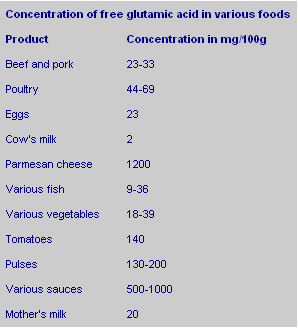



Umami: the meaty taste
THE NETHERLANDS - The fact that consumers think meat is delicious is not actually that surprising. Besides the four basic tastes, our taste buds can sense a fifth one: the umami taste, which is described as being savoury and meaty. Traditionally, its function has been as a taste receptor to recognise amino acids (i.e. proteins) in food. Meat is a product with a distinct umami taste.
Tastes are sensed on the upper surface of the tongue, although the sense of smell also plays a part. The tongue is covered in taste buds, which send a signal to the brain when we eat. If we cannot smell something, we can sense four tastes: sweet, salt, sour and bitter.
It is now widely accepted that there is a fifth taste: umami. This is a Japanese term that literally means “delicious flavour” and is described as a savoury or full taste. Umami is now scientifically acknowledged as the fifth basic taste sensation. It is produced by monosodium glutamate (MSG) in glutamic acid. Since glutamic acid or glutamine is a constituent of protein, it is also found in nearly all protein-rich foods, such as meat, poultry, fish, vegetables and dairy produce.
From time immemorial, human beings have used their sense of taste to identify which foods are good to eat in order to ensure survival. All tastes have a function in the selection of food. A sweet taste confirms that a foodstuff contains carbohydrates. Sourness tells us whether something is ripe. Bitterness warns us that the food may be poisonous and saltiness helps us choose food that contains sufficient minerals. Umami indicates the presence of amino acids, i.e. proteins.

MSG is commonly used nowadays as a flavour enhancer. It works by enhancing other flavours present in a foodstuff. This explains why it is used as an additive in food prepared for the elderly, whose sense of taste often deteriorates, causing a loss of appetite. The addition of glutamate stimulates the taste buds and makes food good to eat again.
Besides glutamic acid, a few other substances are known to produce an umami taste. These also have a flavour-enhancing effect. Examples include IMP (inosine 5’-monophosphate) and GMP (guanosine 5’-monophosphate). These substances are present in abundance in freshly slaughtered animals. This taste tends to fade progressively with protracted cooling, which is probably why meat products prepared from freshly slaughtered animals have more flavour than those prepared from cooled meat.
Source: Dutch Meat Board - 28th July 2005








